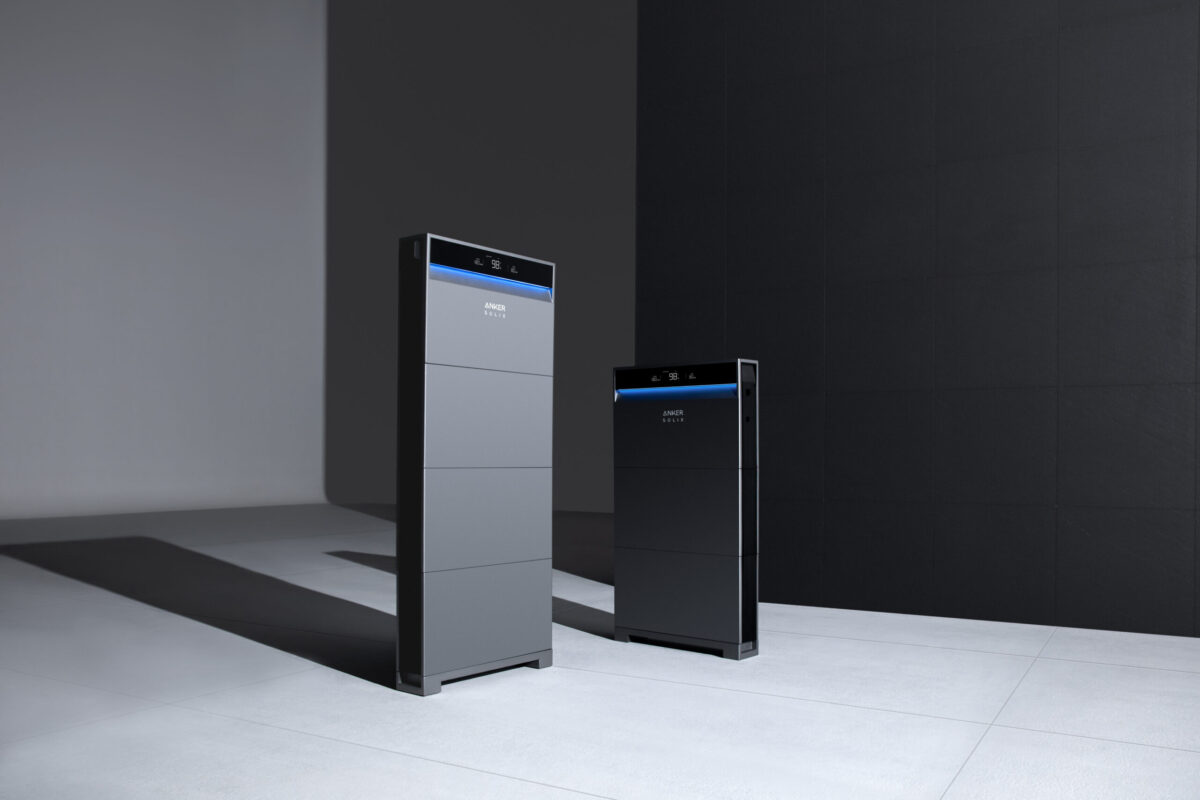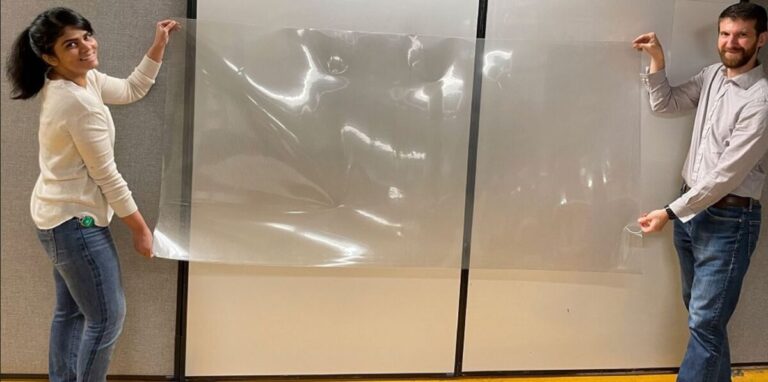Three companies, including American startup Sol Clarity, are experimenting with electrodynamic screen systems to clean solar panels with minimal electricity and no water.
Sol Clarity is developing an electrodynamic screen (EDS), which statically charges dust particles and then sweeps them off the solar panels using an electromagnetic wave.
The company is currently looking for investment partners to help scale its operations and is testing the technology on a community solar project in the northeastern United States.
The video above shows the dust suddenly falling off the panels when the electromagnetic wave is activated.
The US company tested its EDS material in a community solar facility owned by developer Nexamp. More recent tests were conducted at a plant in Chile, and next year the company plans to implement the technology at an Engie power plant in California.
The startup has received support from two state-funded groups, Mass Ventures and the Massachusetts Clean Energy Center (MassCEC).

At the Nexamp location, Sol Clarity installed 11 large-scale solar panels equipped with EDS systems, complete with power boxes and complex circuits.
According to a Paper from 2018Sol Clarity expects the EDS system to operate for one to two minutes per day. The article estimates that approximately 500 solar panels can be cleaned every day with just 1 kWh of electricity.
The product, which can be factory installed or field retrofitted, consists of two or four layers, plus a power box. The factory-installed system includes an optically clear adhesive layer, plus a dielectric layer that contains the printed electrodes. The retrofit version adds two additional layers that separate the printed electrodes from the top dielectric layer.
Another EDS company, CleanFizz, has conducted tests in Saudi Arabia showing that its product can remove over 95% of pollution losses from solar panels. It recently announced the closing of a $1 million investment round in late 2023 and is now seeking $50 million to build a 300 MW manufacturing facility in Switzerland.
This content is copyrighted and may not be reused. If you would like to collaborate with us and reuse some of our content, please contact: editors@pv-magazine.com.
Popular content



